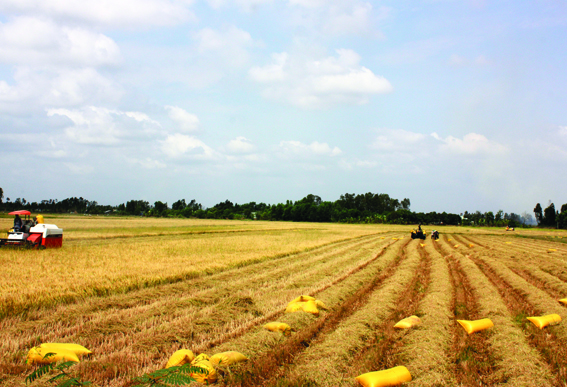At a workshop on economic, social and environmental impacts of the European-Vietnam Free Trade Agreement (EVFTA) jointly organized by the European Trade Policy and Investment Support Project (EU-MUTRAP) and the Ministry of Industry and Trade on March 3 in Da Nang city, former Trade Minister Truong Dinh Tuyen said the Agreement would be comprehensive and high-quality one of WTO standards which involves profound commitments and positive impacts on Vietnam’s trade and business environment.

Regarding legal framework improvement, the European Union (EU) would request Vietnam to relieve export duty on exports to the EU, lift the ban on import of used goods and permit import of renewed goods from the EU, abolish limitations on services according to the WTO accession commitments.
Besides, those lines not yet covered by the WTO accession commitments such as public investment and procurement, state-owned enterprises, competition and sustainable development policies (covering labor and environment), and renewable energies will be included the EVFTA in addition to rules of origin, customs cooperation, legal framework and institutions, and transparency subject to stricter enforcement measures.
Le Trieu Dung, deputy director general of the Multilateral Trade Policy Department claimed that unlike FTAs between Vietnam and other sides which focus mainly on tariff cuts, the EVFTA aims also at improving the investment and business environment and related legal institutions. Accordingly, Vietnam will have to revise existing laws or promulgate new ones including the Enterprise Law, Investment Law, Bidding Law, Public Procurement Law, Competition Law and Intellectual Property Law.
According to Pham Lan Huong from EU-MUTRAP, though the EVFTA is still undergoing negotiations (six rounds of negotiation to date), tariff cuts and exemption may be envisaged based on existing FTAs between the EU and other partners. Vietnam’s exports to the EU and imports from the EU will all be markedly increased, especially export garments, footwear and foodstuffs, each up by 30-40 percent according to Claudio Dordi, EU-MUPTRAP’s technical assistance team leader, while other industrial products will face more challenges due to high standards of the EU market on quality and origin and agricultural and fishery products will face the highest level of protection from both sides.
However, the most important thing is that Vietnam should conclude FTA with the EU ahead of other regional countries to get the best opportunities for attraction of investment from EU businesses.
In preparing for the conclusion of the EVFTA, in February the Government adopted the Resolution on raising the competitiveness of the national economy, focusing on measures to improve the investment and business environment in 2014 and 2015 with a view to increasing the ease of doing business index to the average of ASEAN+6.
